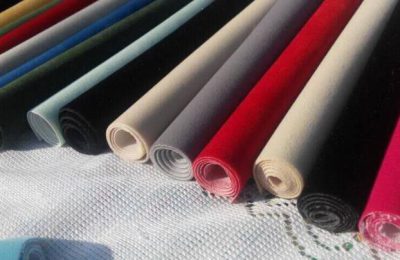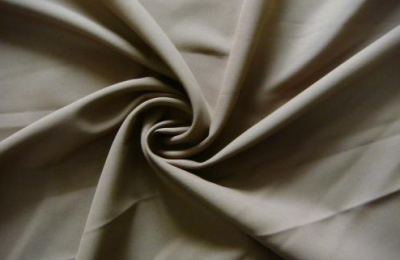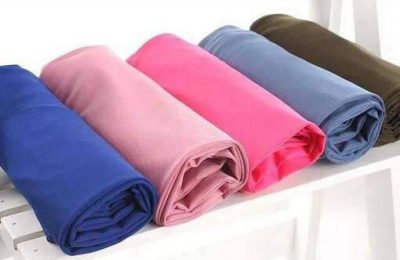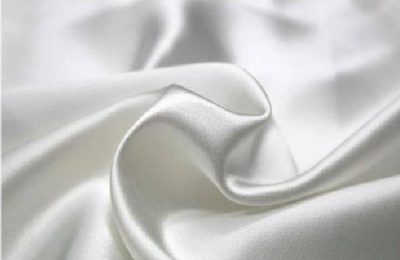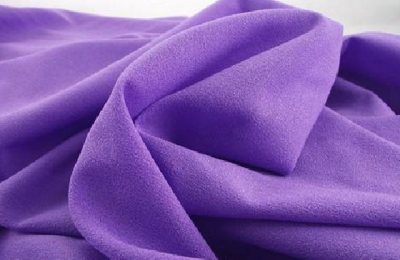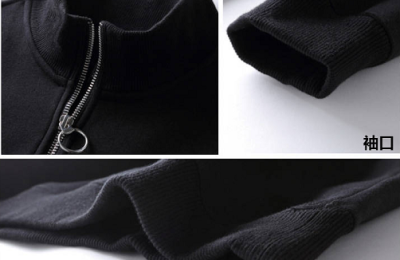Coated filter media is a microporous membrane made of dispersed polytetrafluoroethylene resin and various substrates.
The main feature of this filter material is surface filtration, which can improve filtration efficiency and improve the problems of increasing filtration pressure and high concentration of fine dust emissions that often occur in traditional filtration methods.
Since the 1980s, PTFE-coated filter materials have been widely used in many fields such as industrial dust removal and liquid filtration.
Polytetrafluoroethylene (PTFE) membrane: PTFE filter membrane has a three-dimensional mesh structure with no through holes.
The porosity and pore size distribution are important indicators for measuring PTFE membranes.
The porosity of PTFE filter membrane is generally between 80% and 95%.
High porosity will increase ventilation; the pore size distribution is concentrated, indicating that the membrane pore size is uniform.
With special production technology, different pore sizes can be controlled for different materials to achieve high-efficiency filtration.
Usually, membrane thickness is not an indicator for evaluating PTFE filter membranes. If the thickness of the membrane is too thick, it will easily cause problems such as low air permeability and high operating pressure.
According to years of research and observation, film thickness basically does not affect the service life. The key is the composite strength, which is an important factor affecting the service life.
The picture shows the composite method of membrane scanning electron microscopy: In order to improve the service life and increase the strength of the membrane, it is necessary to composite the PTFE filter membrane onto various filter materials, such as various needle-punched felts, woven cloths, glass Fiber etc.
Due to the non-sticky nature of PTFE itself, it has high requirements for membrane compounding technology. Currently, there are two compounding methods: glue compounding and thermal compounding.
① Glue lamination is a relatively basic lamination method. It has low composite strength, is easy to peel off, and has a short service life. Due to the penetration of glue, it has poor air permeability and is not suitable for cleaning, which weakens the superior performance of PTFE.
② Thermal composite advanced composite method completely maintains the superior performance of the film, but has strict requirements for thermal composite technology.
</p



